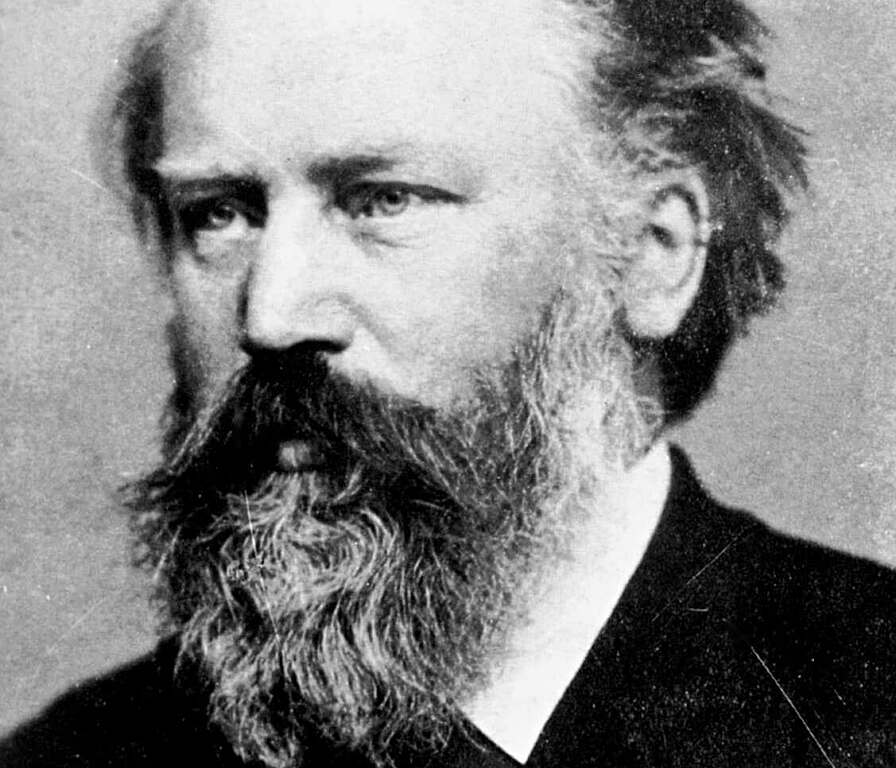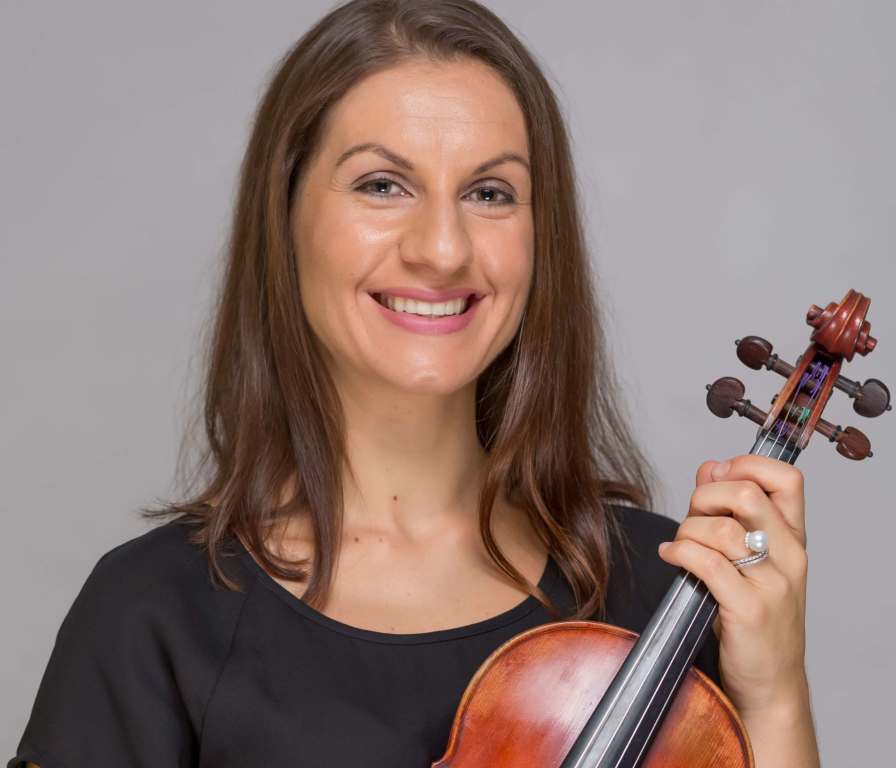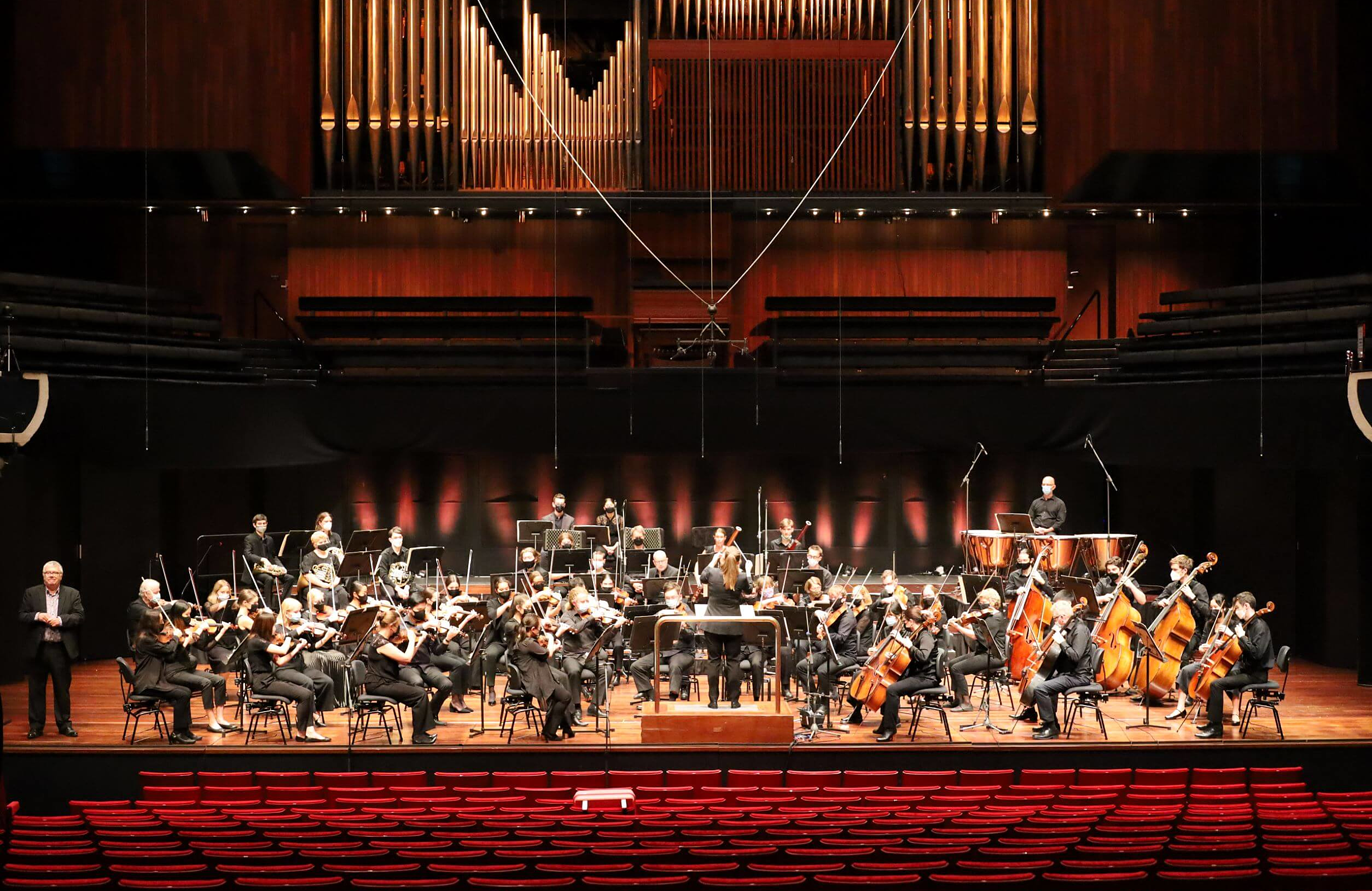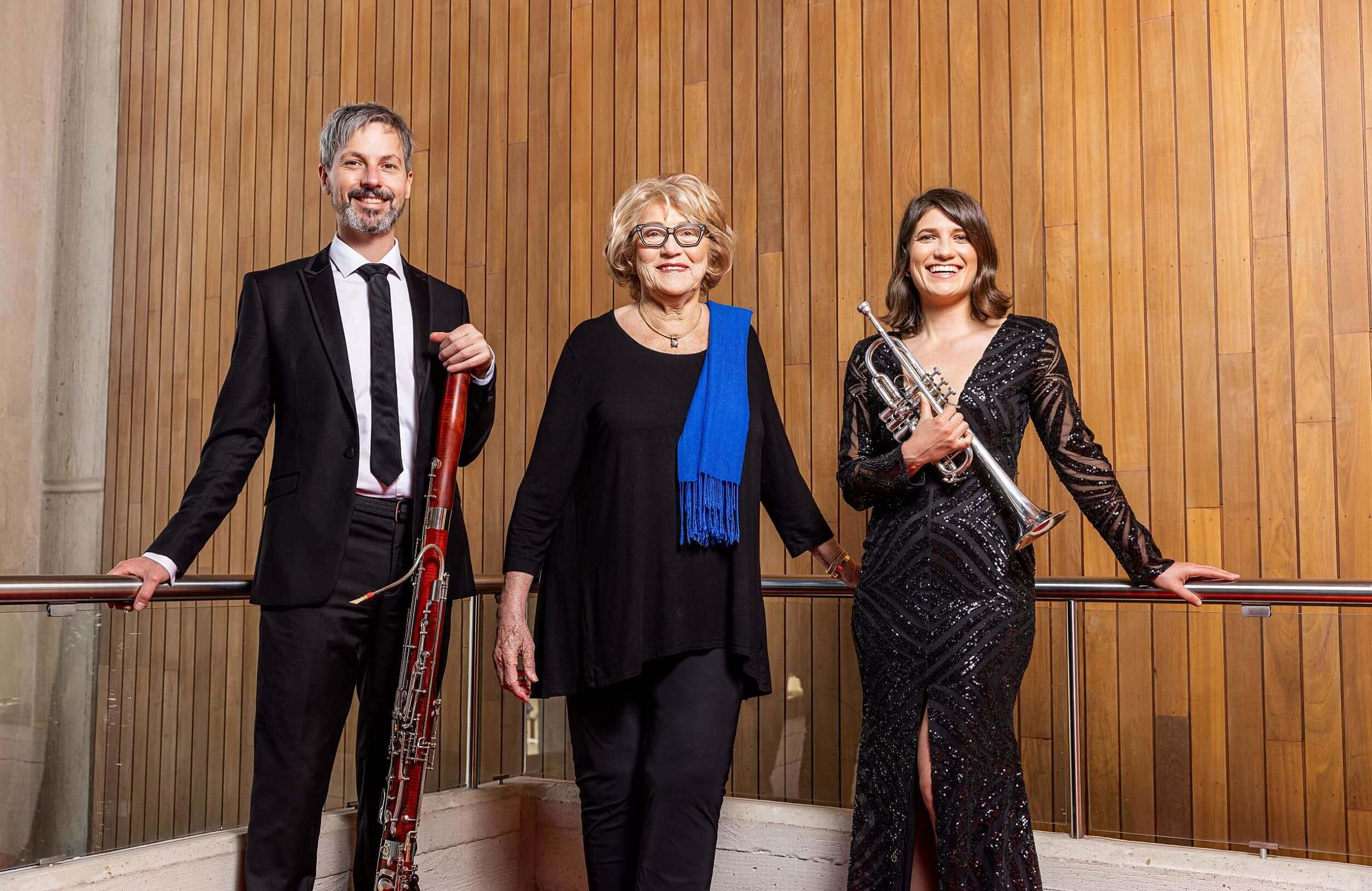Johannes Brahms (1833-1897)
Variations on a Theme by Haydn, Op.56a
The violinist Joseph Joachim once reassured a youthful Brahms, who had pestered him anxiously for an opinion on his new Variations on a theme by Schumann, ‘If I could, I would turn every one of the Variations into a triumphal arch and the theme into a laurel wreath for you to wear as I led you through them, you young Emperor of Music!’
For Brahms, like Haydn and Beethoven before him, the variation form was central to his musical life. While he declared a ‘particular affection’ for the form, which he argued should be used more creatively and with greater freedom, his own exploration of variation form nevertheless remained conservative, a challenge to his ingenuity in remaining faithful to the theme. His creativity shone in spinning off entirely new ideas from fragments of the original theme.
Brahms was at a crossroads when he came, aged 40, to consider a theme from an old manuscript apparently by Haydn. He was in 1873 still three years from completing his long-gestating first symphony. His experience of the art of orchestration was limited to a first piano concerto and a pair of serenades, all composed long before he had even arrived from his native Hamburg in 1862 to make a permanent home in Vienna.
Now, in his Variations on a theme by Haydn, the composer turned two notable corners. Composing the work in two separate versions more or less concurrently, one for two pianos (Op.56b) and one for orchestra (Op.56a), Brahms on one hand closed his career as a composer of major piano works – henceforth there would be only miniatures; and on the other hand he created, triumphantly, the world’s first free-standing variations for orchestra. At the same time, in his confident and subtle mastery of a constantly varying instrumental palette through ten distinct environments (theme, eight variations and finale), he announced his arrival as an orchestrator.
The ‘theme by Haydn’ had been discovered and shown to Brahms three years previously by his Viennese friend Carl Ferdinand Pohl, librarian of the Society of the Friends of Music and Haydn’s first comprehensive biographer. Pohl had unearthed a set of half a dozen wind band divertimenti, or Feldparthien (literally, field partitas), in which it appeared, as the second movement of the last, under the heading Corale St Antonii. All six divertimenti are now considered spurious, possibly by Ignaz Pleyel, and the St Antony Chorale itself perhaps an old Austrian pilgrims’ hymn.
Brahms in his opening statement of the theme consciously imitates the early Classical wind sonorities in the original divertimento. He reserves his upper strings for the actual variations, which follow, as John Horton has suggested, in a loosely symphonic sequence – energetic in the first three variations; Romantically melancholy in the fourth (Andante con moto); scherzo-like in 5, 6 and 8, with Variation 7 (Grazioso) a contrasting centrepiece; and gloriously cumulative in a passacaglia finale which builds in Bachian fashion from a ground bass constantly reiterating the first five bars of the St Antony theme.
The bell-like tolling of the note B flat from the end of the theme echoes constantly through Variation 1, interwoven with sweeping string figures. Variation 2, in the minor, propels each scampering phrase with a peremptory shove, but the more delicate Variation 3 flows placidly, evoking Romantic horn sighs. The poignant expressiveness of the minor-key Variation 4, based on two new, wistfully flowing melodies, is achieved with a deceptive simplicity which refuses to proclaim its extraordinary contrapuntal skill.
The impetuous Variation 5 pits different rhythms against each other within a basic 6/8 metre and a swaggering march follows in the equally brilliant Variation 6. The languorous siciliano of Variation 7 is another contrapuntal tour de force with glowing Brahmsian harmonies. A final, fleeting ghost-like variation – the third in the minor – leads to the solemn ground bass of the finale, a mere ten notes from which Brahms builds a kaleidoscopic edifice, rising inexorably to a majestic return of the full chorale theme.
Brahms’ unprecedented use of a passacaglia, or ground bass, finale to a set of variations is both a homage to the towering example of Bach and an advance hint of the great passacaglia, based on a theme of Bach himself, with which, 12 years later, he would close his fourth, and final, symphony.
Anthony Cane © 2004
First performance:
2 November 1873. Composer conducting.
First WASO performance:
6 February 1951. Eugene Goossens, conductor.
Most recent WASO performance:
5 August 2017. Simone Young, conductor.
Instrumentation:
piccolo, two flutes, two oboes, two clarinets, two bassoons, contrabassoon, four horns, two trumpets, timpani, triangle, strings.

























































